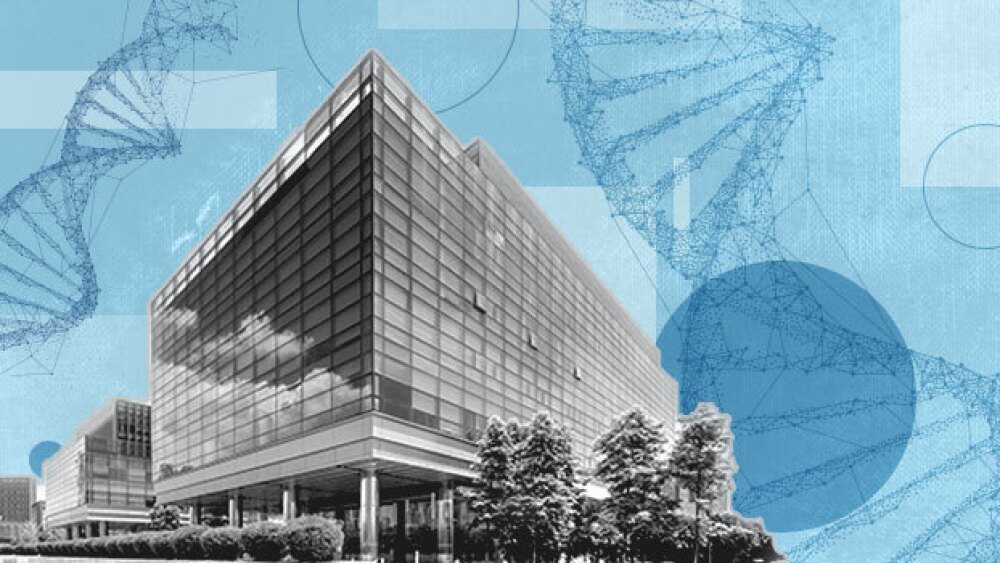What should you do when belief in the mission remains, but the career path doesn’t?
“I didn’t leave biopharma. Biopharma left me.”
She says it quietly, like someone describing a breakup she didn’t see coming. Fifteen years in. A reputation for getting hard things done. Teams that trusted her. Then priorities shifted, restructuring followed and the path she’d built disappeared.
She hasn’t stopped believing in the science. She’s just not sure there’s still a place for her in it.
She’s not alone.
In May, a BioSpace survey found that 56% of employed biopharma professionals are considering jobs outside the industry. Among the unemployed, that number jumps to 81%. In another pulse check, an October BioSpace LinkedIn poll found that 31% are considering leaving the U.S.—not to escape but simply to keep working in science.
Will these biopharma professionals actually leave the industry? Maybe not. But the fact that they’re thinking about it is the story.
Whether you’re in a role or trying to find one, the question “Do I still belong here?” lands the same.
The Heartbreak Beneath the Question
Biopharma isn’t just a job sector. For many, it’s an identity. You don’t stumble into drug development. You choose it. You invest in it. You tell yourself the long hours and uncertainty are worth it, because the first time you see data that says, “This might actually work,” you’re hooked.
When you’ve spent years building deep expertise and demand for that work dries up or you’re discouraged by the direction the industry is taking, you’re left with a painful question: “Now what?” The specialization that once made you invaluable can suddenly feel like a trap.
How Uncertainty Shows Up
Uncertainty rarely arrives all at once. It builds quietly, in small, grinding ways.
It’s the recruiter who ghosts you after three rounds or the hiring freeze that stalls your promotion indefinitely. It’s watching others land roles while you wait for a reply that never comes. It’s the mental math that loops in the background: “How long can I keep this up? What else could I do—and would anyone hire me for it?”
You start second-guessing every silence—from recruiters, from leaders, from a system that once felt predictable. Whether you’re inside looking out or outside trying to get back in, the uncertainty feels the same: busy, capable and invisible all at once. And when experience stops translating into opportunity, even the most dedicated professionals start to wonder whether they’d be better off elsewhere.
A Different Way To Think About Staying
If you’re questioning your future in biopharma, what if it’s not a binary stay-or-go choice? What if you approach your career more like a portfolio—something you build, rebalance and grow over time?
A good portfolio balances risk and reward. You don’t put everything into one asset, no matter how much you believe in it. You diversify. You manage downside. You keep options open.
Careers work the same way. You can allocate time and energy across areas that serve different purposes:
- Core assets: Your foundational expertise—the skills and knowledge that anchor your value. Whether you’re in discovery research, chemistry, manufacturing and controls (CMC), pharmacovigilance, manufacturing or medical affairs, your skills are what you bring to the table. The question isn’t easy, but it’s worth asking: “Where else might this expertise create value?” Sometimes, that answer lies in adjacent industries—med tech, diagnostics, digital health or consulting—where scientific thinking is still currency.
- Growth bets: The moves that expand what’s possible next. If you’re employed, that could mean taking on a cross-functional project or shadowing a different function. If you’re in transition, it could mean learning a complementary skill or deepening expertise in a growth area like oncology, obesity, digital health or regulatory strategy. Growth bets are bridges to opportunities.
- Options: The connections and conversations that keep you visible and informed. Take the recruiter call even when you’re not looking. Reconnect with a former colleague who’s now leveraging artificial intelligence in clinical development. Join a professional group that broadens your world beyond biopharma. These small actions compound. They surface opportunities you wouldn’t have seen otherwise, both within biopharma and beyond it.
- Runway: Your financial and psychological buffer. How long can you sustain your current situation before you have to make a move you don’t want to make, like leaving the industry entirely just to pay the bills? If runway is tight, that’s not failure. It’s just a constraint that shapes your decisions. Sometimes the most strategic thing you can do is acknowledge the clock and plan accordingly, rather than pretending you have time you don’t.
This framework separates what you can control from what you can’t. You can’t control which therapeutic areas get funded next quarter or whether your ideal job exists. But you can decide where to focus energy, how visible to stay and how to prepare for what’s next.
The portfolio model isn’t about hedging because you’ve lost faith. It’s about recognizing that belief alone doesn’t protect you, but strategic choice might.
Run To, Not From
You don’t have to decide today whether to stay or go. What matters is taking back authorship over what comes next. That might mean staying where you are, with sharper intention about what you’re building and why. It might mean pivoting. Or, it might mean stepping away entirely, knowing that what you learned here will travel with you.
You can care deeply about the mission and still decide the path forward looks different than you imagined. The system is volatile. The market is brutal. And the fact that you’re still here, still asking hard questions, still trying to figure out the next right move, that’s not weakness.
That’s resilience.






